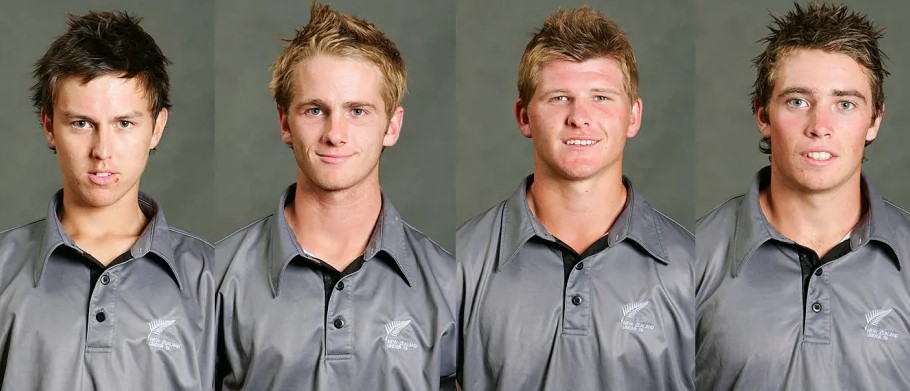When The Well Runs Dry
0By Keith Miller
When the triumphant New Zealand side walked off the Southampton turf holding the World Test Cricket Championship mace in 2021, two things were immediately clear. This first was obvious – this was a team at their very peak. But the one thing that every New Zealand fan didn’t want to think about at the time was the fact that this was also a team that was aging very quickly.
18 months on and the entire test cricket side is over 30. In isolation, this isn’t the worst problem to have – after all, age is definitely not the be all and end all (cue Anderson and Broad). But when there is no obvious succession plan, and therefore a lack of genuine competition on the incumbents, that problem is far more damaging. Particularly with a side that appears to have lost any semblance of form over the last few tests.
Recent history suggests that New Zealand sporting sides have had great success at senior level on the back of a strong international group at age-grade level. The U19 2008 World Cup cricket side included names such as Williamson, Boult, Southee, Bracewell, Raval and Rutherford, whilst the 2011 New Zealand U20 rugby squad contained a future 16 international players (with names such as Retallick, Barrett, Taylor, Cane and Perenara among many). More recently, anything resembling cricketing success at age group level has been elusive. Things have not been easy through the Covid era, although, that is hardly an issue exclusive to New Zealand.
Look back six months and you will find a NZ A team touring India. This kind of squad is usually full of up and comers, those you want to see benefit from international touring experience. However, nine out of the 15 squad members are now in their thirties, with only two – 23-year-olds Rachin Ravindra and Matthew Fisher – under the age of 27. When your senior squad has a clump of players who are due to leave the international game at around the same time, future planning is absolutely essential, yet the average age of that squad was just shy of 30. That is hardly looking with one eye to the future.
It is almost as though NZ Cricket is happy to sit back and hope for a raft of South Africans to choose New Zealand as their new home and establish themselves on the domestic scene. However, that approach is fraught with danger. By the time anyone of note has completed their standdown period they are (usually) on the older side, which tends to defeat the purpose somewhat.
If you take it one step further, there seems to be a feeling that the newer team members coming through are young bucks ready to begin their 10 year careers at international level. One of those is Kyle Jamieson and, injury aside, he is also 28. Another to make his test debut last week is Blair Tickner, who is 29. Not exactly ancient, but not exactly youth grade either. Just in case you are interested, the other debutant alongside Tickner in that game was 31, although his test career should be mercilessly brief.
At the moment he may be an easy target, but Neil Wagner is almost 37, and for all his (cliché incoming) lionhearted efforts at the bowling crease, he has been found out in recent tests. There is the possibility of course that he could change that around, but it is not as though he has time on his side.
It’s not so much the fact that this side has peaked. All international sport is cyclical, and most teams will occasionally have their moments in the sun. It is the fact that the writing has been on the wall for some time as NZ Cricket seemingly close their collective eyes, cross their fingers and hope for the best. Well, outside of having their 32-year-old captain allegedly stand aside, only to be replaced by…checks notes…a 34-year-old youngster.
There is little to no evidence that suggests that New Zealand cricket fans will be having the time of their lives over the next 5 years or so. There just doesn’t seem to be any depth to the talent pool. If NZ Cricket doesn’t find a way to develop potential far more effectively than it has over the last few years we will be harking back to the glory days sooner rather than later.
Follow Keith on Twitter

